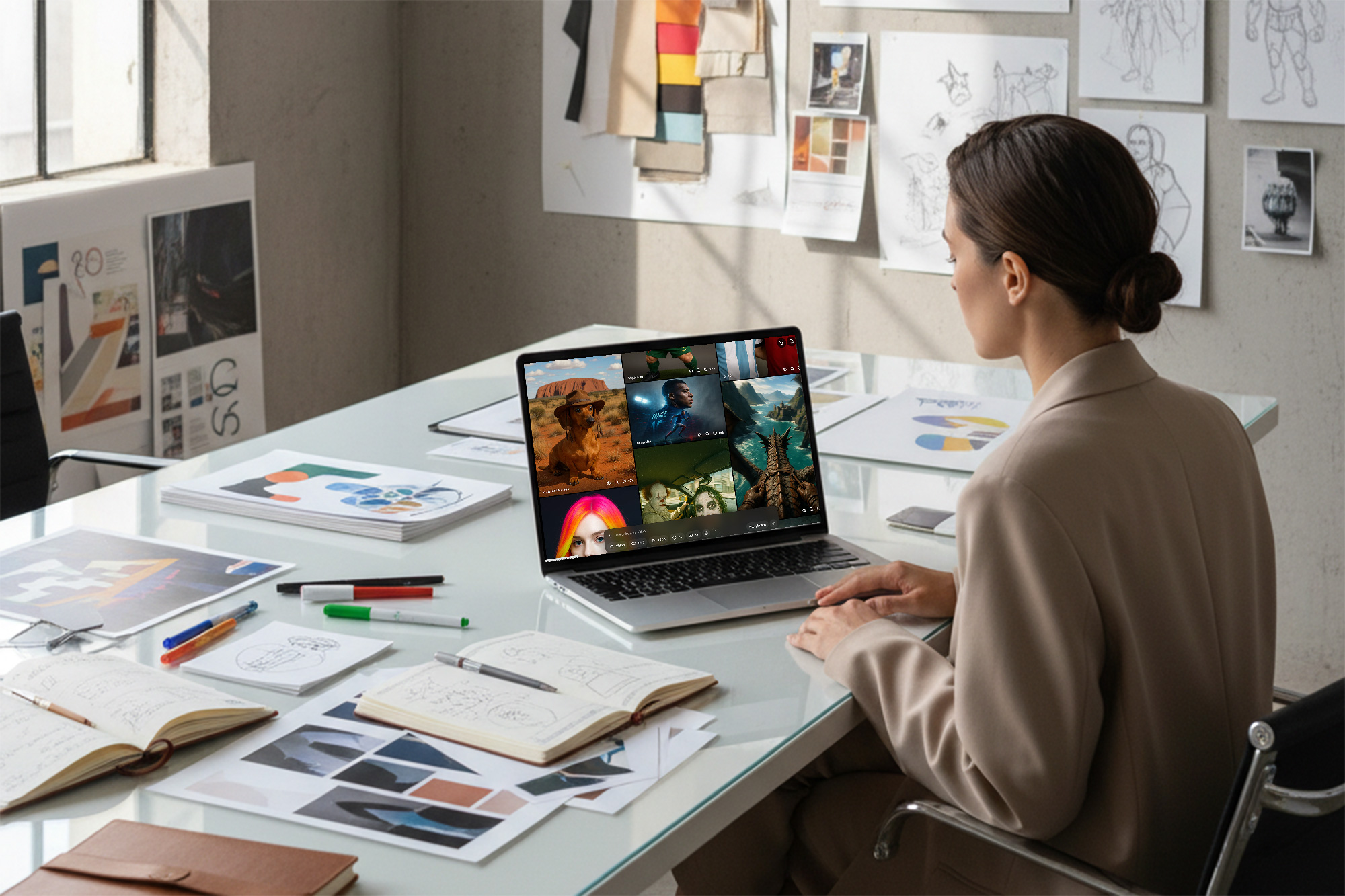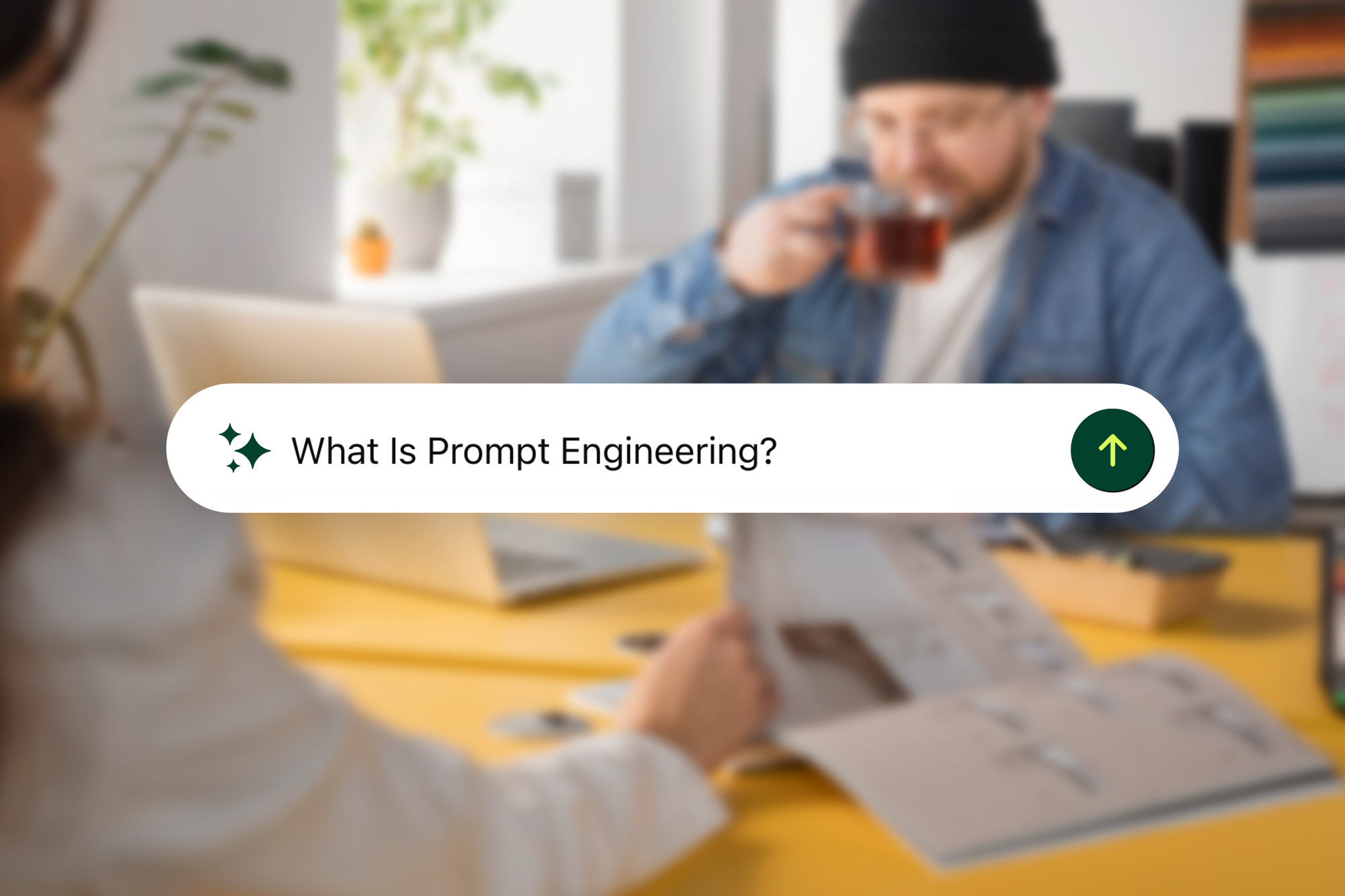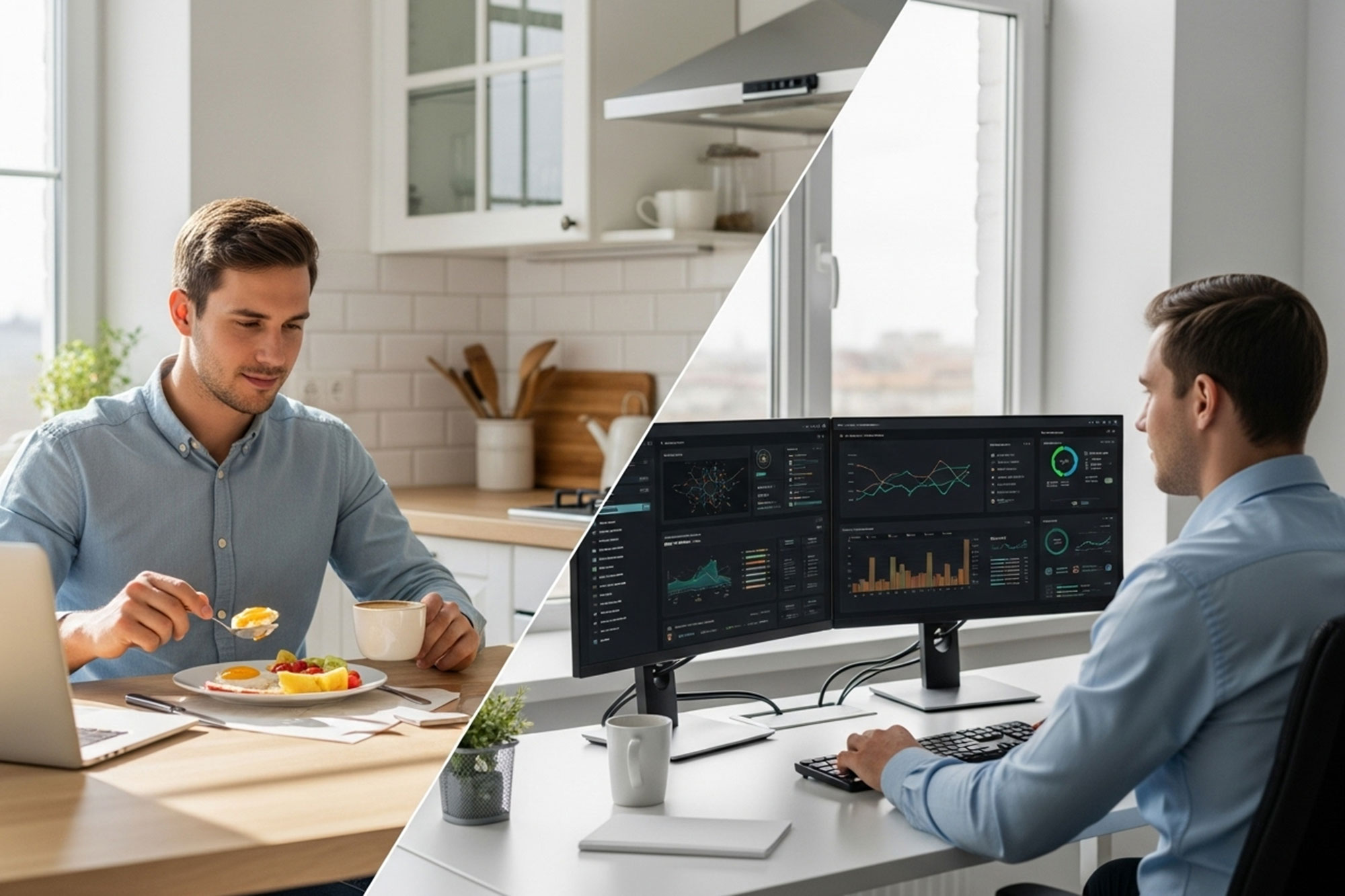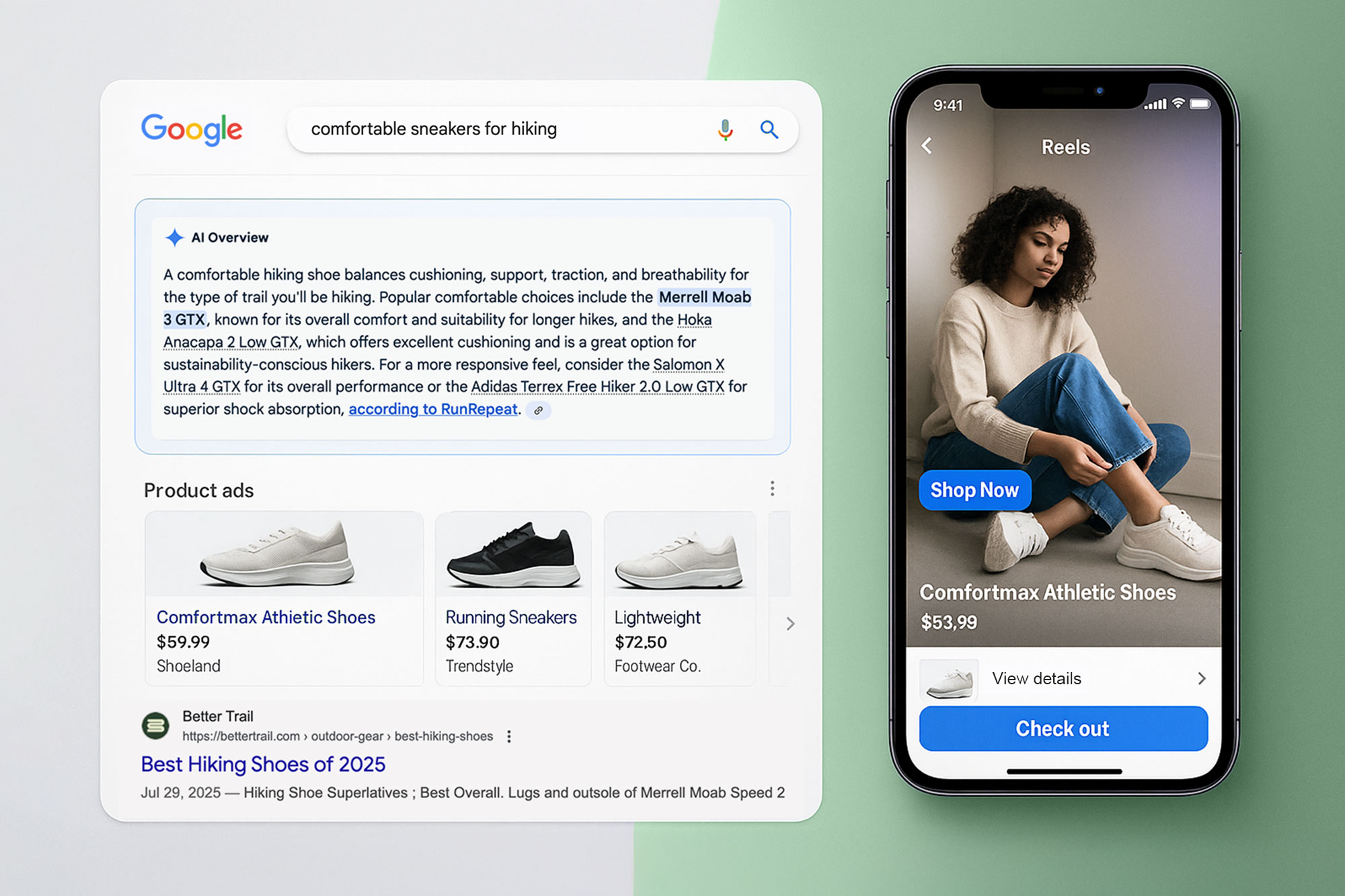This isn’t a deep think-piece about AI and the future of humanity (I’ll save that rabbit hole for another day). Today’s just a snapshot of how I’m testing AI in my role, and why I think every creative leader should, too. If we want technology to truly serve people, then we need to keep ourselves in the driver’s seat, shaping how it evolves instead of letting it shape us.
The Upside: AI as Your Fast-Moving Creative Partner
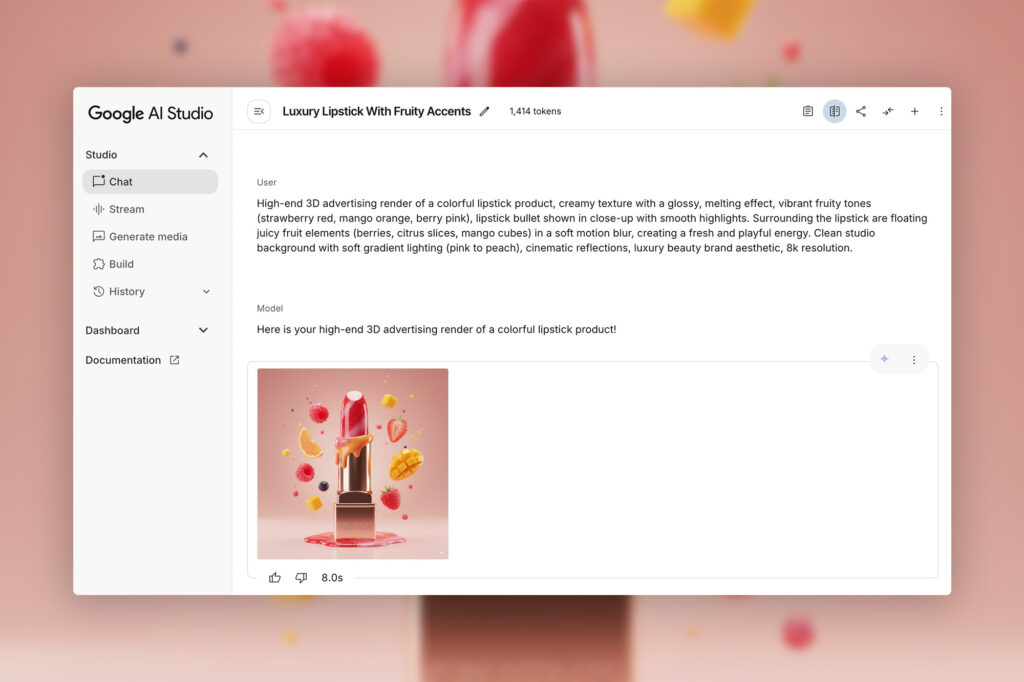
1. Idea Generation on Steroids
Creative block? Throw a prompt into an AI tool, and suddenly you’ve got twenty options for a headline or mood board. Most of them are terrible, but that one in the middle might just spark the campaign direction you’ve been looking for.
2. Speeding Up the Messy Bits
Storyboards, rough mockups, first drafts, wireframes; AI helps you get “something” faster. And “something” is always easier to build on than a blank page. It doesn’t mean the work is finished, but it means you’ve started and have a direction.
3. Making Time for the Real Creative Work
The magic of AI isn’t just what it makes; it’s what it gives back. When I spend less time resizing fifty ad variations, I can spend more time figuring out why the ad matters in the first place. Strategy, storytelling, the human angle; those things still need a human brain.
The Downside: Why We Shouldn’t Hand Over the Keys
1. The “Looks Right, Feels Wrong” Problem
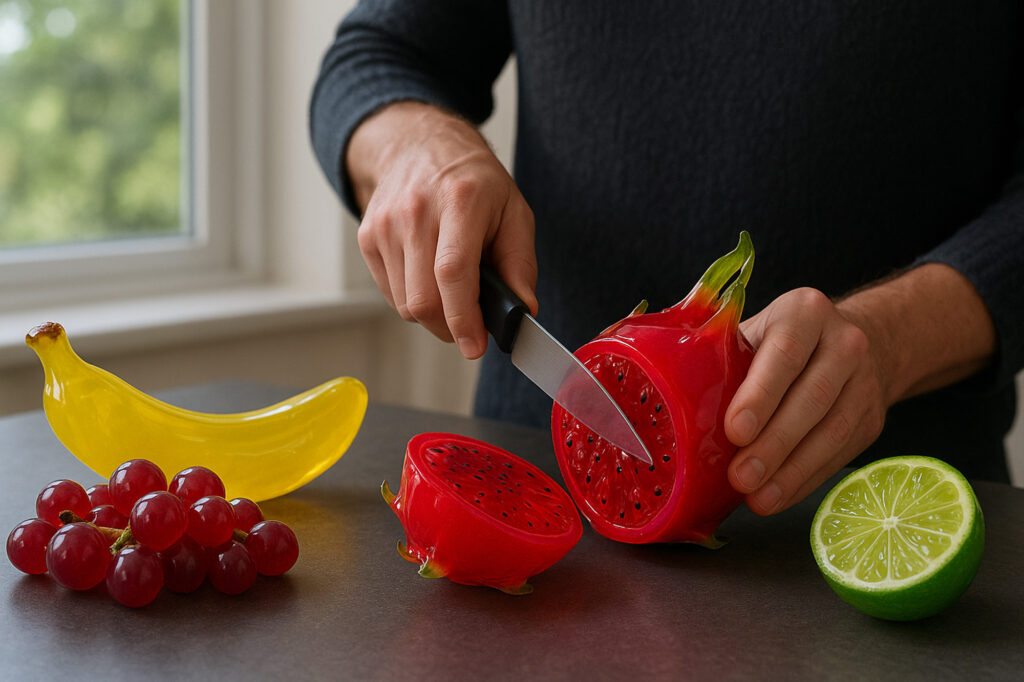
AI can generate visuals that look polished, but lack soul and personality. They hit the brief on paper but miss the human authenticity that makes people actually care. It’s like eating plastic fruit, convincing until you bite into it.
2. The Risk of the Same-ness
If everyone uses the same AI tools the same way, we’re going to see campaigns blending into one big soup of generic design. And soup is great, but not when you’re trying to stand out.
3. The People Problem
There’s an uncomfortable conversation here about jobs, skill-building, and what happens when “the intern” is better at certain tasks than the people we’ve trained for years. As creative directors, we’re not just managing projects; we’re managing people’s trust in their place within the work. That requires honesty, balance, and sometimes telling AI to sit this one out.
For Now, Here’s Where I Stand
I think of AI as an amplifier. It can make bad ideas worse, but it can also take good ones further, faster. The responsibility sits with us, the humans at the center, to use it thoughtfully, question it constantly, and make sure our work doesn’t just move quicker but actually matters more.
This is just a snapshot of where I am with it today. Ask me again in six months, and I might have a whole new set of opinions. The point is: we can’t just read about AI, or fear it from a distance. We’ve got to try it, break it, critique it, and bring it into the conversation; otherwise, we’ll be left wondering why the work around us feels less like us.
AI might be a fast-forward button, but it’s not the director. The ideas and sign-off are still ours. And honestly, if AI could handle client feedback emails without breaking a sweat, then I’d start worrying.

